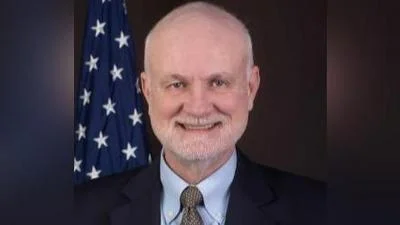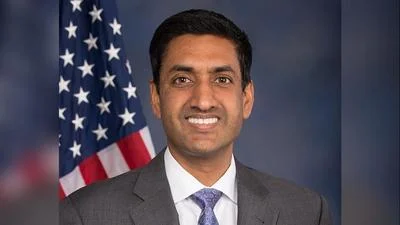John Taylor, Professor of Economics at Stanford University and developer of the "Taylor Rule" for setting interest rates | Stanford University
John Taylor, Professor of Economics at Stanford University and developer of the "Taylor Rule" for setting interest rates | Stanford University
Stanford Medicine researchers have developed an artificial intelligence tool capable of predicting gene activity in tumor cells using only standard biopsy images. This innovation, detailed in a study published in Nature Communications on November 14, leverages data from over 7,000 tumor samples to identify genetic variations and predict patient outcomes for breast cancer.
Olivier Gevaert, PhD, a professor of biomedical data science and senior author of the paper, explained the potential impact: “This kind of software could be used to quickly identify gene signatures in patients’ tumors, speeding up clinical decision-making and saving the health care system thousands of dollars.”
The research team also included Stanford graduate student Marija Pizuria and postdoctoral fellows Yuanning Zheng, PhD, and Francisco Perez, PhD. The AI program they developed is named SEQUOIA (slide-based expression quantification using linearized attention). It was trained with 7,584 cancer biopsies from 16 different cancer types. SEQUOIA can predict the expression patterns of over 15,000 genes based on stained biopsy images.
Gevaert noted that clinicians often rely on gene signatures comprising hundreds of genes rather than individual genes for treatment decisions. SEQUOIA demonstrated greater accuracy in predicting these genomic programs' activation compared to individual gene expressions.
To test SEQUOIA's clinical utility, the researchers focused on breast cancer genes already assessed by commercial genomic tests like MammaPrint. Gevaert stated: “Breast cancer has a number of very well-studied gene signatures that have been shown over the past decade to be highly correlated with treatment responses and patient outcomes.”
SEQUOIA provided genomic risk scores similar to those from MammaPrint using only stained biopsy images. In multiple groups of breast cancer patients studied, those identified as high risk by SEQUOIA experienced worse outcomes.
While not yet ready for clinical use pending further testing and FDA approval, Gevaert expressed optimism about its future applications: “We’ve shown how useful this could be for breast cancer, and we can now use it for all cancers and look at any gene signature that is out there.”
The research received funding from various sources including the National Cancer Institute and Ghent University. Scientists from Roche Diagnostics were also contributors to the study.




 Alerts Sign-up
Alerts Sign-up